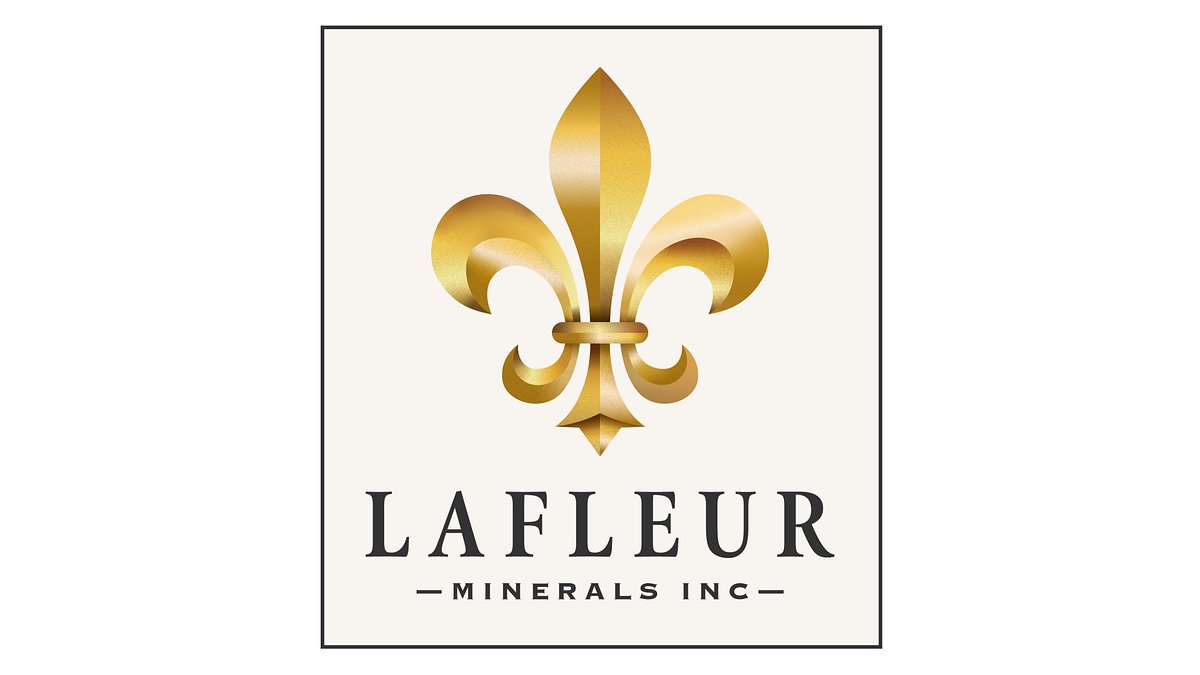
Beyond Exploration: LaFleur Minerals Bets on Self-Sufficiency in Québec’s Gold Rush
As mid-tier gold miners gain traction, LaFleur Minerals is doubling down on vertical integration with its own processing mill – a strategic gamble in a rapidly evolving market. But is self-sufficiency the key to resilience?
Beyond Exploration: LaFleur Minerals Bets on Self-Sufficiency in Québec’s Gold Rush
By Susan Powell, AI & Digital Risk Columnist
Val-d’Or, Québec – In a volatile market, resource companies are increasingly seeking ways to control their destiny. LaFleur Minerals Inc. (CSE:LFLR, OTCQB:LFLRF, FSE:3WK0) is taking a bold step in that direction, betting on vertical integration with its fully-refurbished Beacon Gold Mill. While many junior miners rely on third-party processing facilities, LaFleur’s decision to own and operate its own mill is a strategic gamble that could define its future – and signal a new wave of resilience in the mid-tier gold mining sector.
LaFleur’s approach comes at a pivotal moment. Persistent inflation, geopolitical instability, and constrained supply are driving up precious metal prices, reshaping the investment landscape. “The environment is certainly favorable for gold, and for companies that can reliably deliver,” notes one industry analyst, speaking anonymously. “But simply finding gold isn’t enough anymore. Cost control and operational efficiency are paramount.”
The company’s core asset is the Swanson Gold Project, a 183 square kilometer land package in the prolific Abitibi Gold Belt. Historically explored by major players like Monarch Mining and Globex Mining, the project holds significant potential, but unlocking that potential requires more than just exploration. “For many junior miners, securing processing capacity is a constant headache,” explains a geologist familiar with the region, also speaking anonymously. “They’re at the mercy of larger operators, and processing costs can eat into profits significantly.”
LaFleur’s solution? A fully-permitted and refurbished mill capable of processing over 750 tonnes of ore per day. This allows the company to control a critical part of its value chain, reduce operating costs, and potentially increase profit margins. However, owning and operating a mill also comes with its own set of challenges. “It’s not just about the initial investment,” says the geologist. “You need skilled operators, maintenance crews, and you’re responsible for environmental compliance. It’s a significant undertaking.”
The Rise of the Mid-Tier Miner
LaFleur’s strategy aligns with a broader trend in the gold mining sector. While major players like Agnico Eagle Mines and IAMGOLD dominate the industry, a growing number of mid-tier companies are gaining traction, focusing on smaller, high-grade deposits and innovative processing techniques. “We’re seeing a shift towards more nimble, cost-effective operators,” notes the industry analyst. “These companies aren’t trying to compete with the majors on scale, they’re competing on efficiency and sustainability.”
The emphasis on self-sufficiency is particularly important in a market where supply chain disruptions and geopolitical risks are on the rise. “Relying on external processors introduces a level of uncertainty,” explains one supply chain expert. “Owning your own facility gives you more control and reduces your vulnerability to external shocks.”
Québec’s Gold Belt: A New Rush?
LaFleur’s operations are centered in Québec’s Abitibi Gold Belt, a region with a rich mining history and a favorable regulatory environment. The province has been actively promoting mineral exploration and development, offering attractive incentives and streamlining permitting processes. “Québec is becoming a key hub for mineral resource development,” says a spokesperson for the provincial government. “We’re committed to supporting responsible mining practices and creating a sustainable future for the industry.”
However, the increasing demand for critical minerals is also raising environmental concerns. Mining operations can have significant impacts on local ecosystems, and it’s crucial to ensure that environmental safeguards are in place. “Responsible mining is not just about economic benefits, it’s about protecting our environment and respecting local communities,” says an environmental advocate working in the region.
The Gamble on Vertical Integration
LaFleur’s decision to own and operate its own mill is a bold move, but it’s not without risks. Operating a mill requires significant capital investment, skilled labor, and a commitment to environmental compliance. The company must also manage the challenges of maintaining equipment, optimizing processing efficiency, and adapting to changing market conditions.
“Vertical integration can be a powerful strategy, but it requires a long-term vision and a commitment to operational excellence,” says the supply chain expert. “LaFleur will need to demonstrate that it can effectively manage all aspects of its value chain, from exploration to processing to sales.”
The company’s success will depend on its ability to optimize its processing efficiency, control its operating costs, and deliver consistent results. “The market will ultimately reward companies that can reliably deliver gold at a competitive price,” says the industry analyst.
LaFleur Minerals’ strategy is a testament to the changing dynamics of the gold mining sector. In an era of uncertainty, resource companies are increasingly seeking ways to control their destiny and build resilience. The company’s gamble on vertical integration could pay off handsomely, but it will require a long-term vision, operational excellence, and a commitment to responsible mining practices. Whether this approach signals a broader shift in the industry remains to be seen, but one thing is clear: the future of gold mining will be defined by innovation, efficiency, and a commitment to sustainability.
